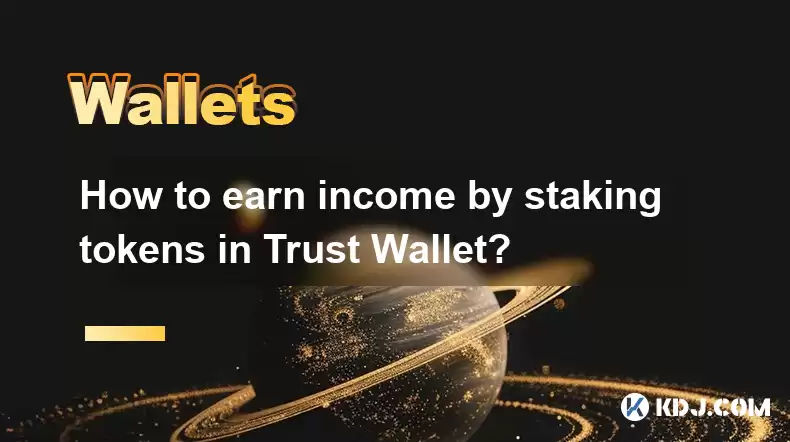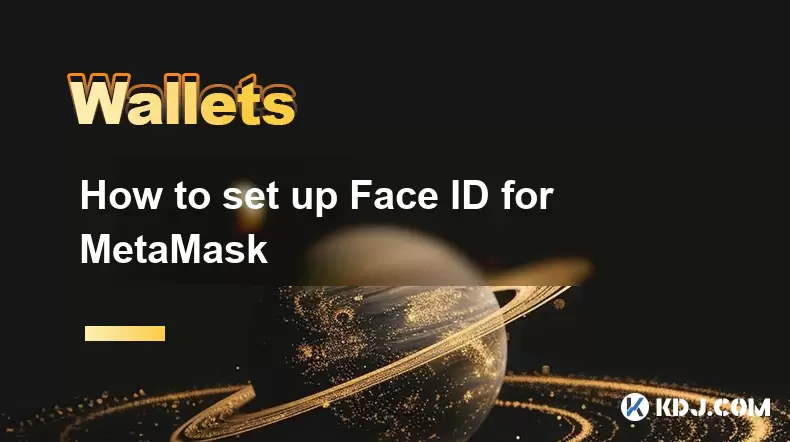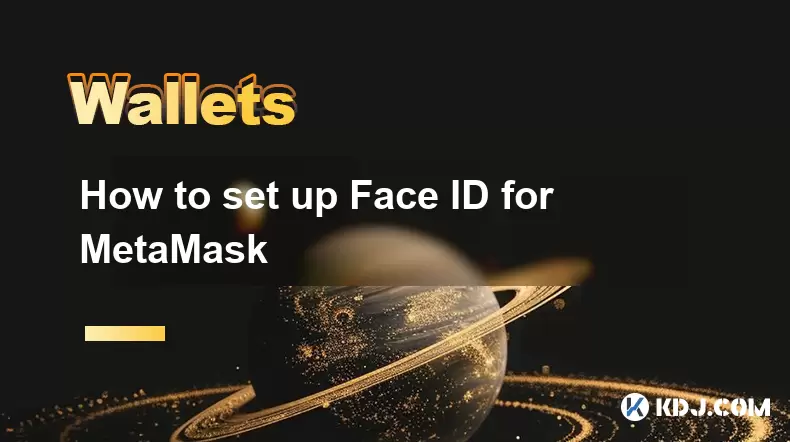-
 Bitcoin
Bitcoin $119000
-2.21% -
 Ethereum
Ethereum $4315
1.01% -
 XRP
XRP $3.151
-3.11% -
 Tether USDt
Tether USDt $0.0000
0.00% -
 BNB
BNB $808.5
-0.71% -
 Solana
Solana $175.8
-4.21% -
 USDC
USDC $0.9999
0.00% -
 Dogecoin
Dogecoin $0.2250
-3.92% -
 TRON
TRON $0.3469
1.77% -
 Cardano
Cardano $0.7818
-3.81% -
 Chainlink
Chainlink $21.47
-2.10% -
 Hyperliquid
Hyperliquid $43.30
-6.81% -
 Stellar
Stellar $0.4370
-2.84% -
 Sui
Sui $3.682
-4.40% -
 Bitcoin Cash
Bitcoin Cash $590.8
2.67% -
 Hedera
Hedera $0.2484
-5.20% -
 Ethena USDe
Ethena USDe $1.001
0.00% -
 Avalanche
Avalanche $23.10
-4.29% -
 Litecoin
Litecoin $119.2
-3.96% -
 Toncoin
Toncoin $3.409
0.90% -
 UNUS SED LEO
UNUS SED LEO $9.016
-1.29% -
 Shiba Inu
Shiba Inu $0.00001304
-3.82% -
 Uniswap
Uniswap $11.18
1.33% -
 Polkadot
Polkadot $3.913
-3.51% -
 Cronos
Cronos $0.1672
-3.08% -
 Dai
Dai $1.000
0.02% -
 Ethena
Ethena $0.7899
-4.70% -
 Bitget Token
Bitget Token $4.400
-1.23% -
 Pepe
Pepe $0.00001132
-5.93% -
 Monero
Monero $257.9
-6.44%
How to earn income by staking tokens in Trust Wallet?
Staking in Trust Wallet lets you earn rewards by locking up tokens to support blockchain networks; always research tokens and risks before staking.
Mar 29, 2025 at 04:15 am

Understanding Staking in Trust Wallet
Trust Wallet, a popular mobile cryptocurrency wallet, offers a convenient way to participate in staking. Staking involves locking up your cryptocurrency tokens to support the security and operation of a blockchain network. In return, you earn rewards in the form of more tokens. This is different from lending or trading; it's about actively contributing to the network's consensus mechanism. The rewards vary greatly depending on the specific token and the network's parameters. Understanding the risks involved, such as potential impermanent loss or network changes, is crucial before starting.
Choosing Your Staking Tokens
The first step is selecting which tokens to stake. Not all tokens are stakeable. Trust Wallet supports staking for a range of tokens, but availability changes. Check the Trust Wallet app regularly for updated lists. Consider factors like the annual percentage yield (APY), the lock-up period (if any), and the token's overall market performance and reputation. Research thoroughly before committing your funds. Higher APYs often come with higher risks. Diversifying your staked assets can help mitigate potential losses.
Accessing the Staking Feature in Trust Wallet
To begin staking, open your Trust Wallet app. Navigate to the "Earn" or "Staking" section; the exact name might vary slightly depending on your app version. You should find a list of supported staking options. Ensure you're using the official Trust Wallet app and not a fraudulent imitation. Be wary of unofficial apps or websites promising exceptionally high returns, as these are often scams.
Step-by-Step Guide to Staking in Trust Wallet
- Select a Token: Choose a token from the available staking options in the Trust Wallet app. Carefully review the details of each option, including the APY and any lock-up periods.
- Check Your Balance: Ensure you have enough of the chosen token in your Trust Wallet to meet the minimum staking requirement. Minimums vary depending on the token.
- Confirm the Details: Review all the staking details one last time before proceeding. Pay close attention to the APY, lock-up period (if any), and any associated fees.
- Initiate the Staking Process: Tap the "Stake" button to begin the staking process. You'll typically need to confirm the transaction using your wallet's security features.
- Monitor Your Stake: After staking, monitor your rewards regularly through the Trust Wallet app. The frequency of reward payouts varies by token.
Understanding Rewards and Unstaking
Your staking rewards will accumulate over time. The frequency of payouts varies depending on the specific token and its network. Regularly check your balance to track your earnings. When you're ready to unstake your tokens, navigate back to the "Earn" or "Staking" section. Find your staked tokens and select the "Unstake" or "Claim Rewards" option. There might be a waiting period before you can access your tokens and rewards. This waiting period, or unbonding period, varies greatly depending on the token and network.
Security Considerations When Staking
Security is paramount when dealing with cryptocurrencies. Always use a strong and unique password for your Trust Wallet. Enable two-factor authentication (2FA) for an extra layer of security. Be extremely cautious of phishing scams and never share your seed phrase or private keys with anyone. Only use the official Trust Wallet app downloaded from reputable app stores. Avoid clicking on suspicious links or downloading apps from untrusted sources.
Risks Associated with Staking
While staking can be profitable, it's important to understand the inherent risks. The value of the staked tokens can fluctuate, potentially resulting in losses even with staking rewards. Network upgrades or changes can sometimes impact staking rewards or even lead to temporary disruptions. Never stake more than you can afford to lose. Consider diversifying your portfolio to mitigate risks. Always research the token and the network before staking.
Understanding APY and its implications
Annual Percentage Yield (APY) is a crucial factor to consider when choosing a staking option. It represents the annual return you can expect on your staked tokens. However, APY is not a guaranteed return and can fluctuate based on various factors, including network activity and market conditions. A higher APY doesn't automatically mean higher returns, and it often comes with higher risk.
Choosing the Right Validator (If Applicable)
Some staking mechanisms require you to choose a validator. Validators are nodes that maintain the blockchain network. The validator you select can affect your rewards and the security of your stake. Research validators carefully, considering their uptime, performance, and reputation within the community.
Frequently Asked Questions
Q: What are the fees associated with staking in Trust Wallet?
A: Fees vary depending on the specific token and network. Some networks charge transaction fees for staking and unstaking, while others might not. Always check the details before initiating the process.
Q: How long does it take to receive staking rewards?
A: The frequency of reward payouts varies depending on the specific token and network. Some networks pay out rewards daily, while others may pay out weekly or monthly.
Q: Can I unstake my tokens anytime?
A: Not necessarily. Many staking options have an unbonding period, a timeframe you must wait before accessing your staked tokens after initiating the unstaking process. This period varies greatly between different tokens and networks.
Q: Is staking in Trust Wallet safe?
A: Trust Wallet itself is a reputable wallet, but the security of your staked tokens also depends on the network's security and the stability of the chosen token. Always practice good security habits and diversify your investments.
Q: What happens if the value of my staked tokens decreases?
A: Even if you earn staking rewards, the overall value of your investment can still decrease if the token's price drops. Staking rewards can help offset some losses but cannot guarantee profits.
Q: Can I stake multiple tokens simultaneously?
A: Yes, you can typically stake multiple tokens simultaneously in Trust Wallet, provided each token is supported by the staking feature and you meet the minimum staking requirements for each.
Q: What if the network I'm staking on undergoes a hard fork?
A: Hard forks can impact your staking rewards, and in some cases, might even lead to temporary disruptions or loss of funds. Staying informed about the network's updates and announcements is crucial.
Disclaimer:info@kdj.com
The information provided is not trading advice. kdj.com does not assume any responsibility for any investments made based on the information provided in this article. Cryptocurrencies are highly volatile and it is highly recommended that you invest with caution after thorough research!
If you believe that the content used on this website infringes your copyright, please contact us immediately (info@kdj.com) and we will delete it promptly.
- PumpFun (PUMP) Price: Riding the Meme Coin Wave or Facing a Wipeout?
- 2025-08-12 16:50:12
- Arctic Pablo Coin: Meme Coin Growth Redefined?
- 2025-08-12 16:50:12
- Ether ETFs Surge: Inflows and Bull Signs Point to $4K ETH?
- 2025-08-12 16:30:12
- Bitcoin, Crypto Market, and CPI Anticipation: A New York Minute on Volatility
- 2025-08-12 16:30:12
- Bitcoin, CPI, and Market Fears: Navigating the Crypto Landscape
- 2025-08-12 15:10:13
- BTC Traders Eye ETH Targets as CPI Looms: A New York Minute
- 2025-08-12 15:10:13
Related knowledge

How to manage your portfolio in Exodus wallet
Aug 08,2025 at 10:07pm
Understanding the Exodus Wallet InterfaceThe Exodus wallet is a non-custodial cryptocurrency wallet that supports a wide range of digital assets. When...

How to reset your MetaMask password
Aug 08,2025 at 01:28pm
Understanding the MetaMask Password Reset ProcessMany users confuse the MetaMask password with the seed phrase or private key, but they serve differen...

How to buy Dogecoin on MetaMask
Aug 08,2025 at 03:42am
Understanding Dogecoin and MetaMask CompatibilityDogecoin (DOGE) is a popular meme-based cryptocurrency that operates on its own blockchain, originall...

How to switch between networks in Trust Wallet
Aug 09,2025 at 11:07am
Understanding Network Switching in Trust WalletSwitching between networks in Trust Wallet allows users to manage assets across different blockchains, ...

How to set up Face ID for MetaMask
Aug 12,2025 at 02:42am
Understanding Face ID and Its Role in MetaMask SecurityMetaMask is a widely used cryptocurrency wallet that allows users to interact with the Ethereum...

How to set up Face ID for MetaMask
Aug 11,2025 at 09:28am
Understanding Face ID and Its Role in MetaMask SecurityFace ID is a biometric authentication system developed by Apple that uses facial recognition to...

How to manage your portfolio in Exodus wallet
Aug 08,2025 at 10:07pm
Understanding the Exodus Wallet InterfaceThe Exodus wallet is a non-custodial cryptocurrency wallet that supports a wide range of digital assets. When...

How to reset your MetaMask password
Aug 08,2025 at 01:28pm
Understanding the MetaMask Password Reset ProcessMany users confuse the MetaMask password with the seed phrase or private key, but they serve differen...

How to buy Dogecoin on MetaMask
Aug 08,2025 at 03:42am
Understanding Dogecoin and MetaMask CompatibilityDogecoin (DOGE) is a popular meme-based cryptocurrency that operates on its own blockchain, originall...

How to switch between networks in Trust Wallet
Aug 09,2025 at 11:07am
Understanding Network Switching in Trust WalletSwitching between networks in Trust Wallet allows users to manage assets across different blockchains, ...

How to set up Face ID for MetaMask
Aug 12,2025 at 02:42am
Understanding Face ID and Its Role in MetaMask SecurityMetaMask is a widely used cryptocurrency wallet that allows users to interact with the Ethereum...

How to set up Face ID for MetaMask
Aug 11,2025 at 09:28am
Understanding Face ID and Its Role in MetaMask SecurityFace ID is a biometric authentication system developed by Apple that uses facial recognition to...
See all articles

























































































